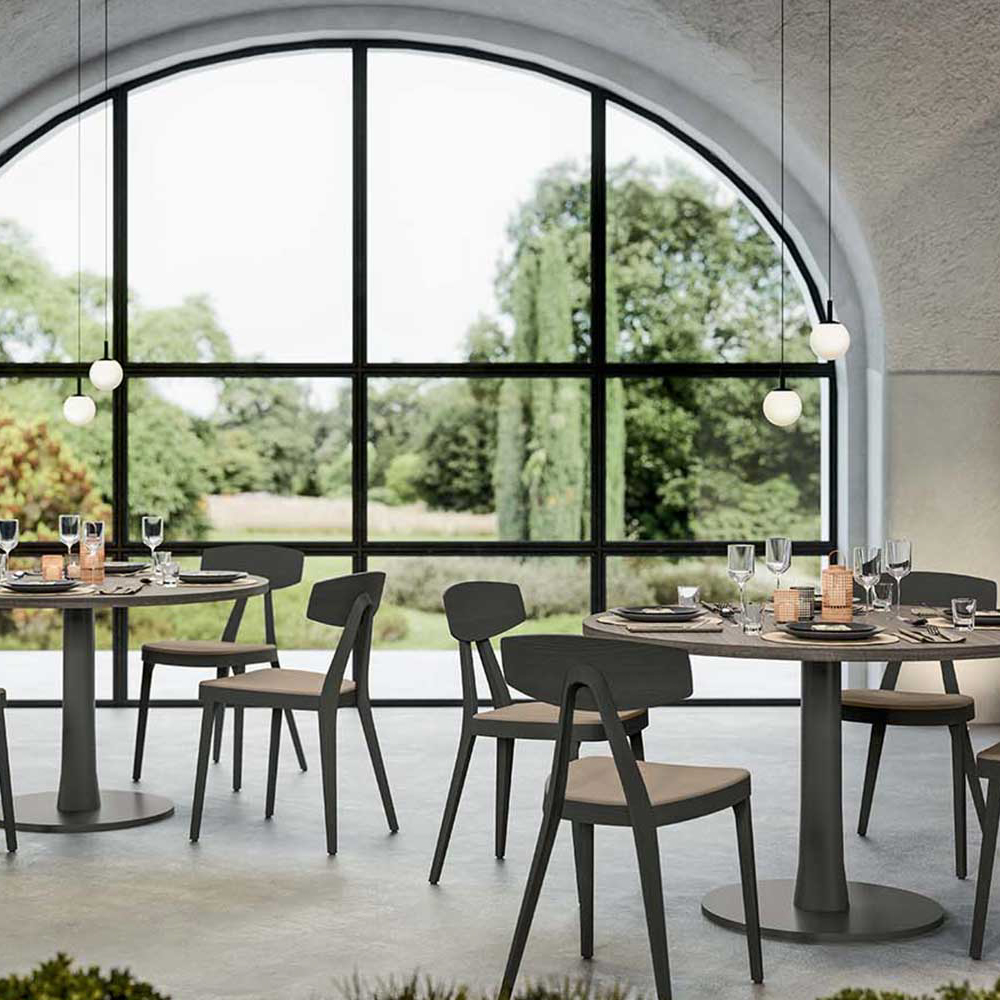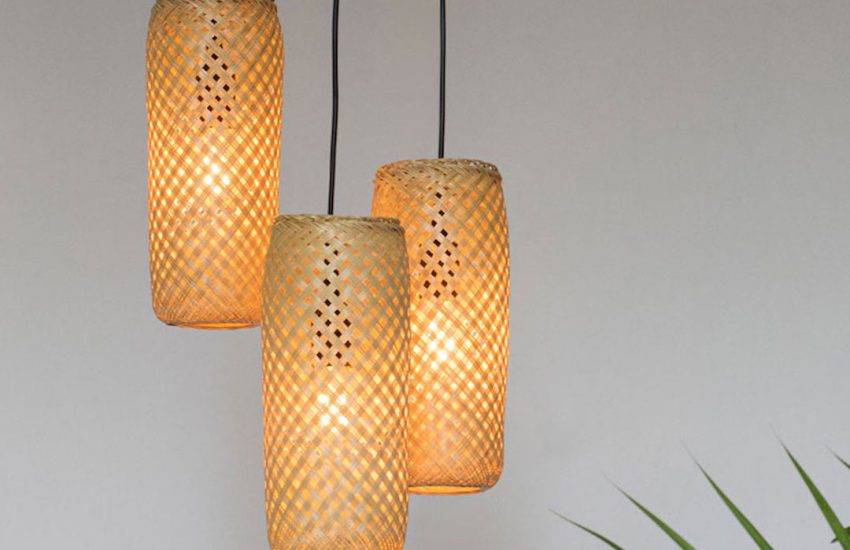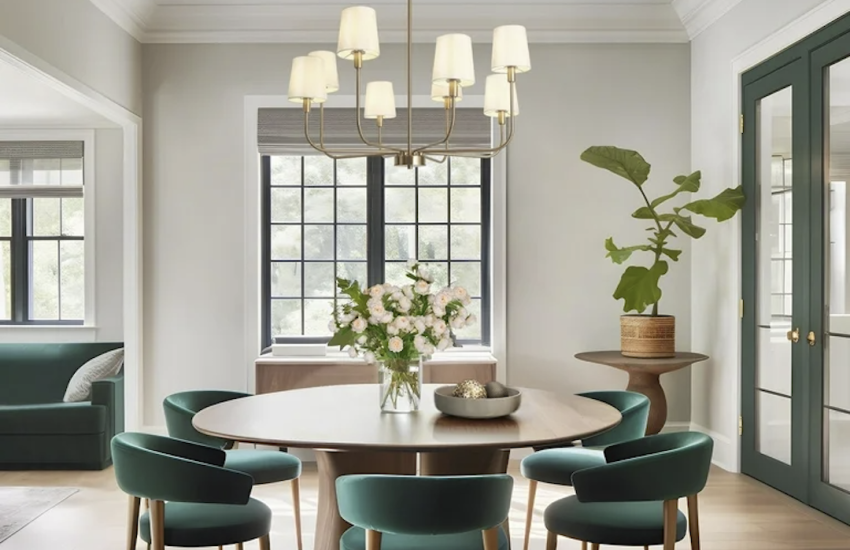
The Origin of Scandi Yellow
Scandinavian design is renowned for its minimalistic, functional and timeless aesthetic that incorporates natural materials, neutral hues, and light. In the early 20th century, the famous Swedish artist Carl Larsson introduced the idea of yellow houses in his watercolor paintings. These houses are painted in bright shades of yellow, which not only complements the natural landscape but also provides a warm and cozy atmosphere.
Since then, Scandi yellow has become a popular color in interior design, textiles, and home accessories. It has a particular charisma that attracts people from all over the world. In this article, we will explore the reasons why Scandi yellow is so appealing and how to incorporate it into your home décor.
The Psychology of Scandi Yellow
Yellow is a color that is associated with happiness, joy, warmth, and optimism. It’s the color of sunshine, which uplifts our mood and makes us feel energized. When we see yellow, our brain releases dopamine, a chemical that promotes feelings of pleasure and reward. Therefore, using Scandi yellow in your home décor can help create a positive and cheerful atmosphere that promotes wellbeing and happiness.
How to Incorporate Scandi Yellow in Your Home
Scandi yellow can be used in many ways to add warmth, vibrancy, and depth to your home décor. Here are some creative ideas:
1. Accent walls: Paint one or two walls in your living room, bedroom or kitchen in Scandi yellow to create a striking focal point that adds warmth and coziness to the room.
2. Decorative objects: Use yellow accent pieces such as cushions, throws, lampshades, vases, and wall art to add pops of color to your space.
3. Furniture: Add a statement piece of furniture such as a yellow armchair or sofa to your living room or study, which brings life and personality to the room.
4. Textiles: Use Scandi yellow in your bedding, curtains, and rugs to create a cozy and inviting atmosphere in your bedroom.
Scandi Yellow and Other Colors
Scandi yellow goes well with other natural hues such as white, black, gray, and earthy tones. It can also be paired with other bright colors such as blue, turquoise, pink, and green to create a bold and playful look.
However, it’s important not to overuse yellow as it can be overwhelming and distracting. Instead, use it sparingly as an accent color to create a harmonious and balanced look.

